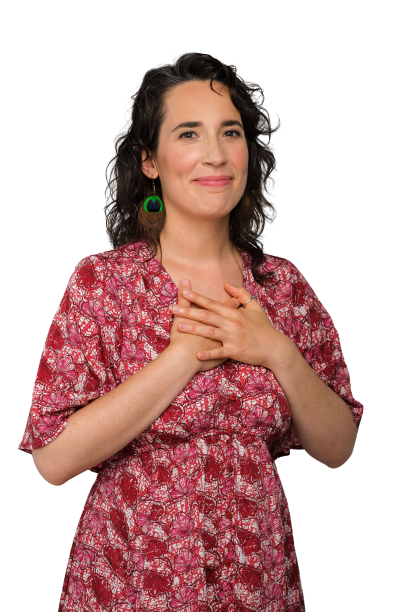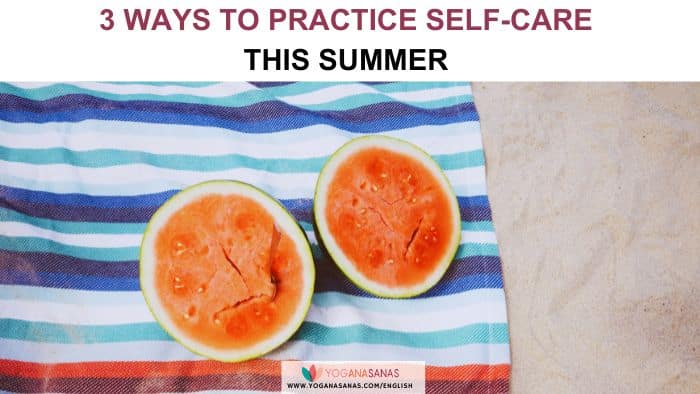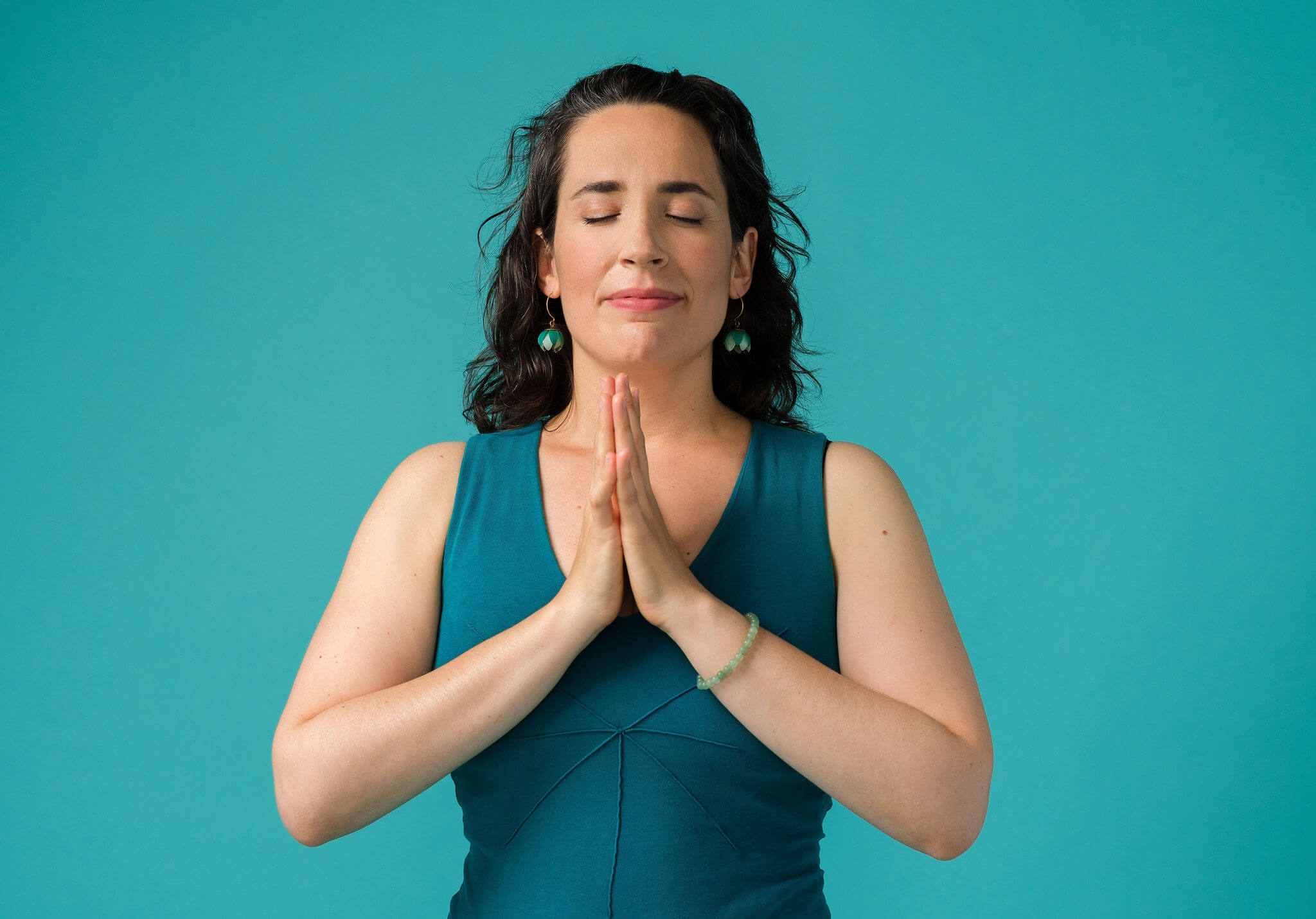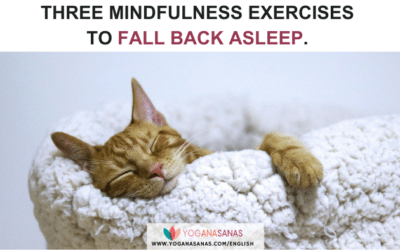3 ways to practice self-care this summer.
For years I always struggled with finding ways to practice self-care (i.e., like self-empathy or mindfulness) during the summer break. While doing yoga, mindfulness and self-empathy came to me very naturally during the year, in the summer time I would easily lose momentum.
Don’t get me wrong. A part of me enjoys the spontaneity that comes with the summer. All those last-minute plans when it is possible to meet outside while enjoying the warm weather.
Another part of me, however, feels frustrated when I am not able to keep up the self-care habits I had so relentlessly cultivated during the rest of the year.
Does this resonate with you too?
Eventually I realised that this inner tension between my two sides reflected something around my own practices. The structure that sustained these self-care habits during the year wasn’t serving me in the summertime. A new configuration; a more flexible structure was necessary.
If you also struggle with the discomfort of letting go of your habits, here are 3 easy self-care practices for your summer break.
You will notice that all these practical summer tips take the shape of a question. The way I see it, posing a question is the best way to reconnect with myself, to slow down and savour the present moment. Usually, this opens up some (inner) space for me to ground in the now, so I become aware of how to take better care of myself.
Self-care practice #1: How are my feet feeling at this moment?
I have recently attended an international training with 80 people in Romania. Due to the intensity of the course, I noticed that asking the typical question: “How are you doing?” was perceived as too broad to answer. Instead of connection, I noticed that this question made people feel overwhelmed.
For this reason, I decided to ask:
“How are your feet feeling at this moment?” 🦶🏽
What I noticed is that people were surprised.
“My feet?” they replied with a puzzled look.
“Yes. How are your feet? How do they feel?” I reiterated.
The more I asked this question, the more I noticed the joy that it brought to the conversation. First, it is a question that redirects our attention to a part of our body that is usually forgotten.
Second, even when most of us are not checking the sensations of our feet, whether someone is seated or standing it is a part of our body that it is usually easy to connect with – if you don’t believe me just wiggle your toes.
Third, the moment you connect with the sensations of your feet, the instant you bring your awareness to this part of your body you might be surprised by what you notice.
You will be practising embodied awareness and cultivating some mindfulness or you might notice that you’re tired and it’s time to rest. Others might notice that they feel strong and have more energy to go on with their day. Only when we notice, we can consciously gather more information about our feet and the present moment…. All by simply asking yourself: “how are my feet feeling at this moment?”
Self-care practice #2: What does my body need right now?
Another self-care practice that helps me stay connected to myself is asking my body:
What do you – dear body – need right now?
Making decisions solely from my rational self is a recurrent habit that I have. It is partially how I was educated and socialised during adulthood.
Yet, I am always fascinated by the wisdom that toddlers have. They are pretty attuned to their bodies’ needs. So much so that asking a kid this question would probably not make sense to them. They already navigate their world around what their body needs.
Does their body need movement? They’ll run or play. 🏃🏽
Or does it need rest? They’ll take a nap. 💤
What if their craving food? They’ll ask for a snack or cry until someone feeds them. 🍏
Or does their body long for intimacy and connection? They’ll cuddle someone they love. 🤗
Sadly, as an adult, I progressively detached from what my body needed and focused on the signals or instructions solely from my thinking mind. «Do this.» «Finish that.»
Sometimes, when I’m on my summer break, I want to visit so many places or make so many plans that I forget to check in with my body.
The way I see it, you can approach the “What does my body need right now?” question with the intention of being curious about your body. By simply spending a couple of mindful minutes checking your body sensations, you can really get a sense of its energy and what it may need.
OK, then. Let’s check tip number 3.
Self-care practice #3: What do I need at this instant?
According to the Nonviolent Communication (NVC) framework, human beings are full of needs. Sometimes these needs are fulfilled and we feel at ease and joyful. Other times, our needs are not being met and we feel upset, frustrated or scared.
An extremely simple and easy way to practice self-empathy and take good care of yourself this summer is to ask yourself:
“What do I need at this instant?” or “What am I longing for right now?”
To support you with this question you can download a list of human universal needs following this link. You can read these needs one by one until you notice the ones that really stand out to you.
Many of us have learned that connecting with our needs carries negative connotations. You might be afraid of looking ‘needy’ or that you ‘depend’ too much on others. This way of thinking frequently detaches us from some of – what in my eyes is – one of the most precious human qualities: interconnectedness.
Marshall Rosenberg, the founder of NVC, believed that our needs are universal human qualities meant to serve life. They are not something to be ashamed of or hide. They are part of who you -and those around you- are. Needs are part of your human nature.
Becoming aware of what you might need in a given moment opens the door to being more empathetic towards yourself. In my experience, it is precisely this awareness that allows me to have more agency, feel more empowered and self-connected with what’s alive in me.
Once I know what I need, I am able to make better decisions. If, for some reason, I am part of a group (something common in the summer) and I notice that what I need is not what others need, I can either ask for support to meet my need or I may choose to find another way to meet my need outside the group.
Regardless of your way of action, unless you connect with your needs first and you know what you’re longing for, it will be really hard to mindfully act from a place of self-care.
I hope these three self-care practices will give you a sense of creativity and flexibility for the summer.
Is it easy for you to maintain your self-care routine in the summer?
Have you ever used any of these practices before?
Which one of these practices resonates the most with you?
I would love to hear from you! 🤗
Share your thoughts with me in the comment box below.
Photo by Scott Webb on Unsplash.







0 comentarios